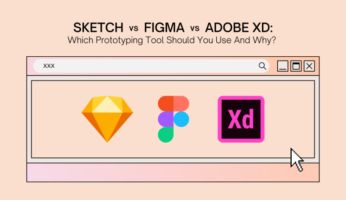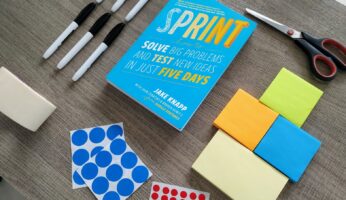
3 Proven Ways to Increase User Engagement With Your Brand
Boost Your User Engagement With These 3 Tried And True Strategies
Engaged users are the ideal customers – satisfied, loyal, and a champion of your brand.
Rosetta’s Customer Engagement Consumer Survey found that engaged customers spend 3 times more than the average consumer and are 5 times more likely to be repeat customers. Companies that follow best practices in customer engagement are also more likely to report an increase in annual revenue than companies that don’t. The outcome is clear – engaging customers drives sales.
Engagement can look very different depending on your goals. A business after eyeballs might look at the amount of time a user spends on the website while a business hunting for sales might track sales conversion rate instead. Even so, the idea of engagement can be rather abstract. Simply put, an engaged customer derives certain value and enjoyment from the service or product.
Such customers are hardly a dime a dozen, which is why we are giving you 3 actionable ideas (and a bonus one!) that you can use to design for engagement.
#1 Harness Extrinsic Motivation Through Gamification
Gamification is not a new concept by any means. New companies are increasingly gamifying their core businesses while traditional ones have had to adapt existing services. The science behind gamification is sound; gamification engenders motivation and increases enjoyment, mostly with extrinsic rewards. Who doesn’t like getting rewards for completing a checklist or reaching first place on the leaderboards?
Social networking platform Foursquare used this to great effect. By turning on location sharing and checking into venues, users were able to earn points and badges. Users who racked up the most check ins at any one location can then be awarded mayorship, which often comes attached with special discounts. By incorporating game like elements, Foursquare successfully harnessed extrinsic motivation to invent real time location check in.
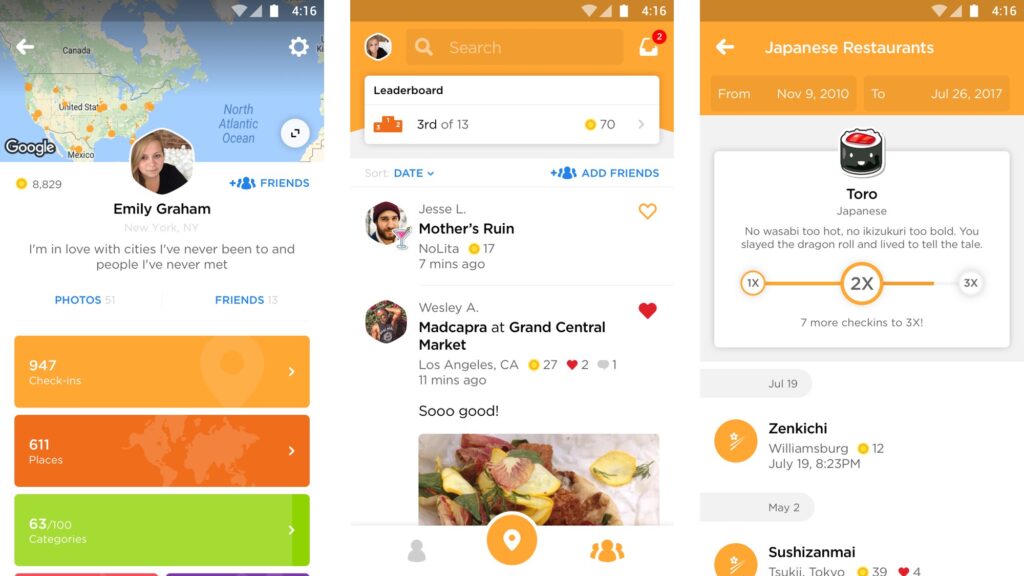
Source: Foursquare Swarm
Habitica goes a step further to literally turn their service into a game. As opposed to co-opting common game elements, Habitica transforms you into a character and your life into a role-playing game. Users can manage and track goals, with in-game rewards and punishments serving as reinforcement. Checking off an item on your to do list can bag you coins and items. Miss a task and risk being killed by in-game bosses. The seamless integration of game mechanics into Habitica leverages on the psychological benefits of gamification, keeping users engaged and productive.
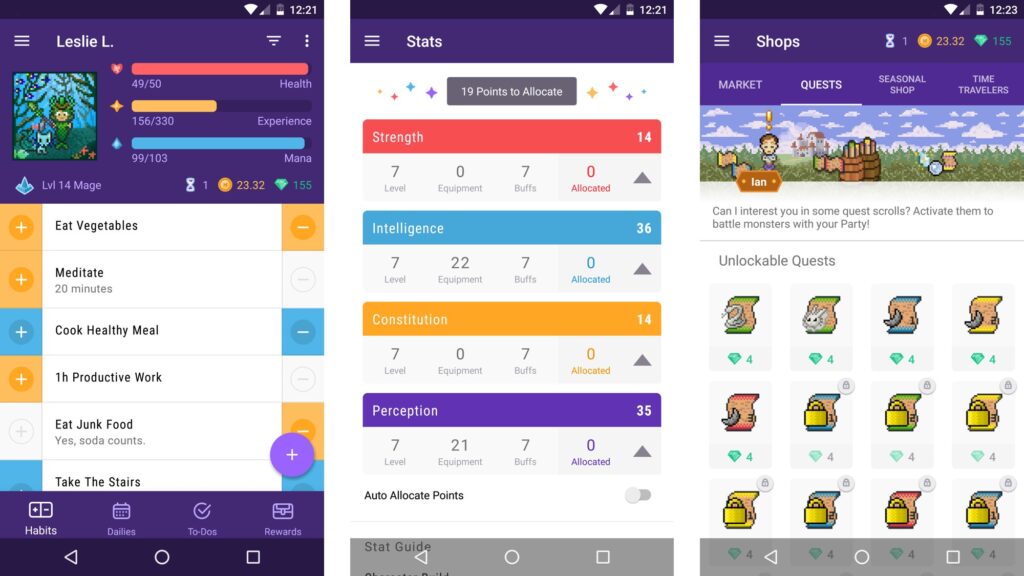
Source: Habitica
Read Also: Sketch VS Figma VS Adobe XD: Which UX/UI Prototyping Tool Should You Use And Why?
#2 Provide Social Proof Using User Generated Content
Ever wondered at Instagram’s popularity? The popular social networking site is the primary platform for user-generated content of many brands. It employs social proof, a type of informational social influence, where people rely on the wisdom of the masses when making a decision. If you’ve chosen a restaurant with queues snaking out the door over one without a wait, or bought a product solely based on the sheer number of positive reviews, you’ve depended on social proof.
User-generated content is a quick and cost-effective way of tapping on the benefits of social proof. Not only are they a goldmine for glowing testimonials, recognising and amplifying the voice of users can increase engagement and build brand loyalty.
Xiaohongshu (小红书), also known as RED, blends social media with e-commerce. At first glance, the site appears to be a fusion of Instagram, Pinterest, and Taobao. Users can post and comment on photos and reviews, add them to personal boards, and shop for the recommended items on the platform. However, what sets the Chinese company apart is its focus on authentic user-generated content and community building. Consumers are not just discouraged from leaving ratings without reviews – they are incapable of doing so. Anonymous reviews are likewise prohibited. Instead, users are encouraged to leave detailed notes and quality content. The result? Over 300 million registered users generating 3 billion posts daily.
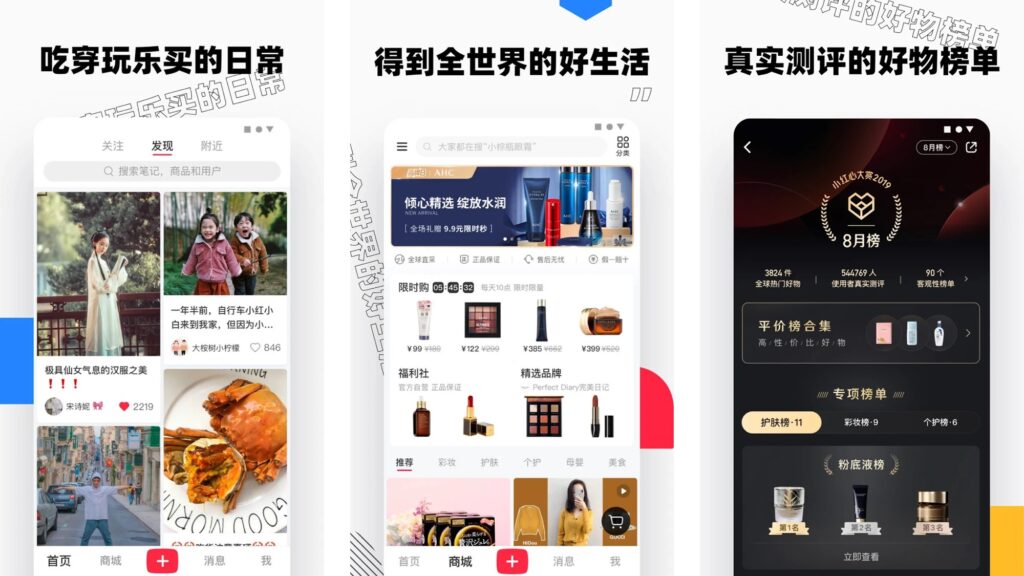
Source: xiaohongshu (小红书)
Of course, not all companies are in the business of social media. Whill, a personal mobility startup, packages the tried and true user-generated content – customer testimonials – in brand new ways. Instead of generic quotes, the site asks consumers to first identify their passions before presenting them with reviews from likeminded individuals. An outdoor enthusiast might find a review from a solo world traveller while a music aficionado might read that of a longhorn fan. Endorsement from the masses might get you far but a vote of confidence from someone consumers identify with will get you even further.
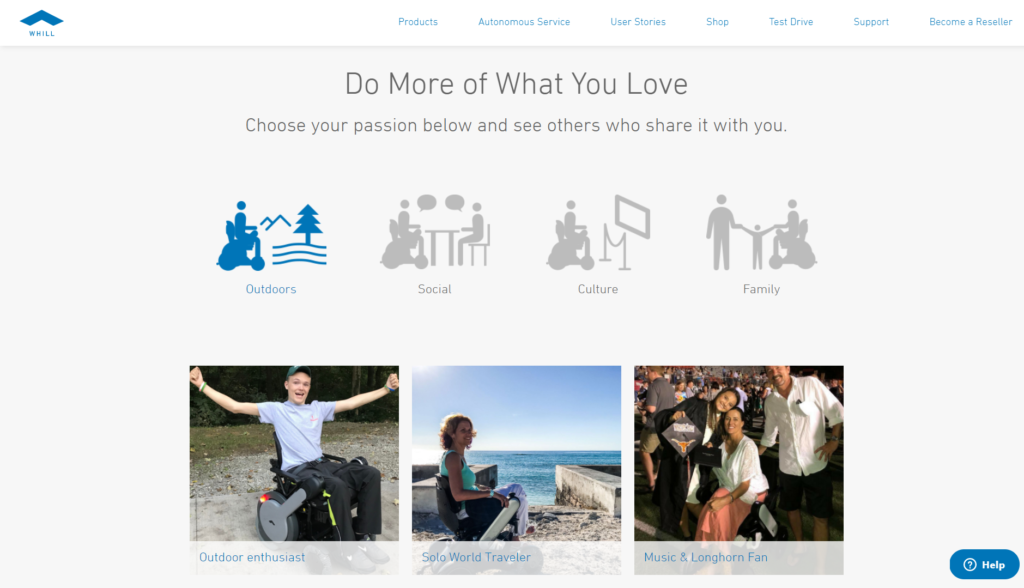
Source: Whill
Read Also: Top 5 Hottest Mobile App Design Trends For 2021
#3 Deliver Personalised Experiences With Multi-Step Forms
A study by Deloitte found an increased desire for personalised products and services, with more than half of surveyed consumers happy to exchange personal information for certain personalised products and services. Given the abundance of choices available to the modern consumer, personalising the experience of users can help to differentiate your business from the masses and lead to higher conversion rates. Offering a unique customer journey can also enhance user experience, boosting customer retention.
Financial advisor company MoneyOwl offers a simple and cost-effective way of customising a user’s journey. The platform uses multi-step forms to suss out pertinent information before offering targeted recommendations. Besides offering a unique user experience, the use of optimised forms also exploits the principle of reciprocity. Users who receive tailored recommendations might feel more compelled to reciprocate by making a purchase.
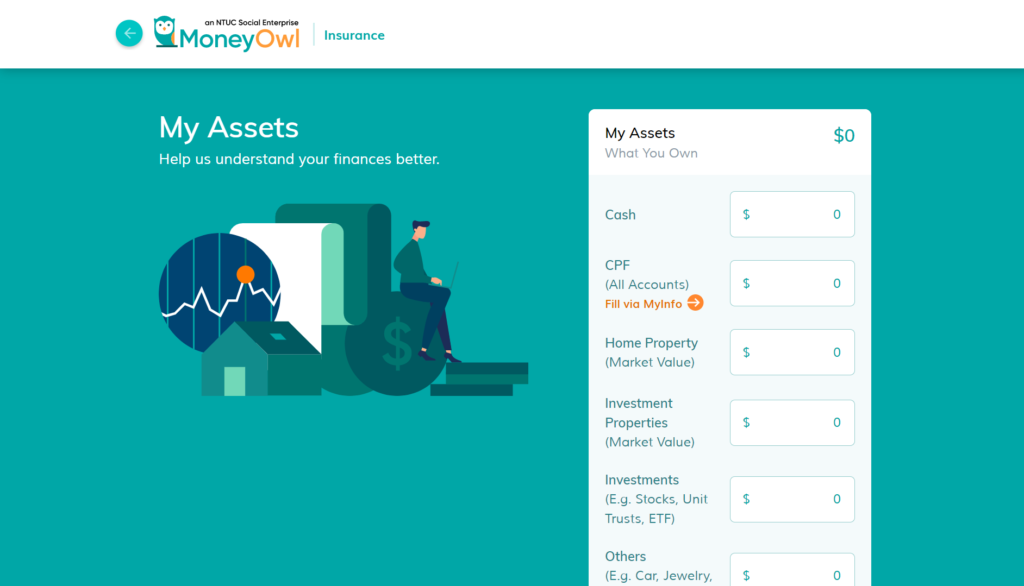
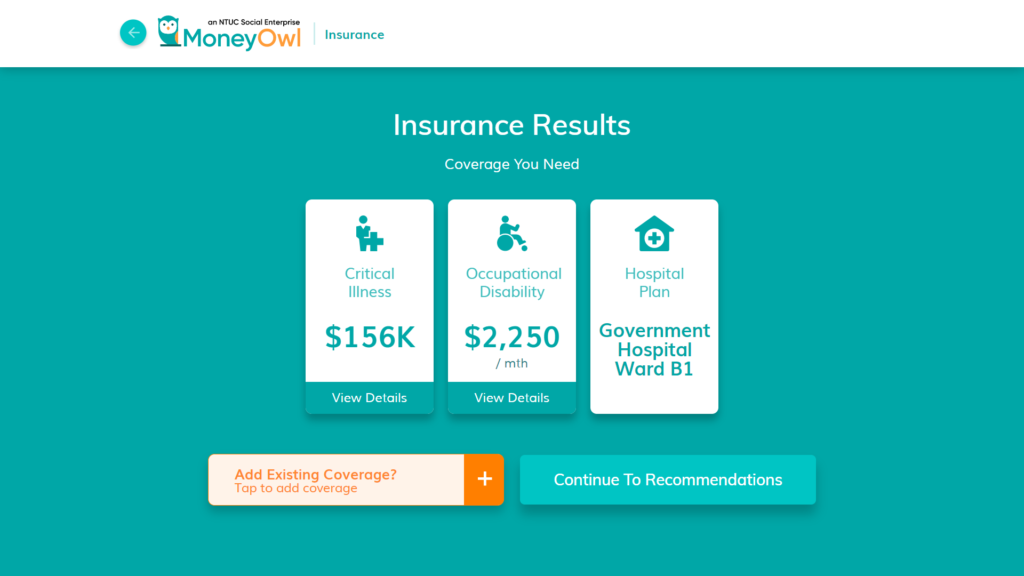
Source: MoneyOwl
Bonus: Provide Unique Customer Experiences With Augmented Reality
Augmented reality (AR) is another way to personalise user experiences. While the initial investment into AR technology is steep, the opportunities are endless.
MakeupPlus, a makeup app by Meitu, uses AR to let consumers ‘try on’ beauty products like lipsticks, blush, and foundation. The app also boasts filters that alter hair colour, helping users decide if they should dye their hair. The use of AR technology in the presale stage attracts and engages users who might be on the fence about the product. It also provides a unique customer experience as it allows for targeted recommendations based on the products ‘used’.
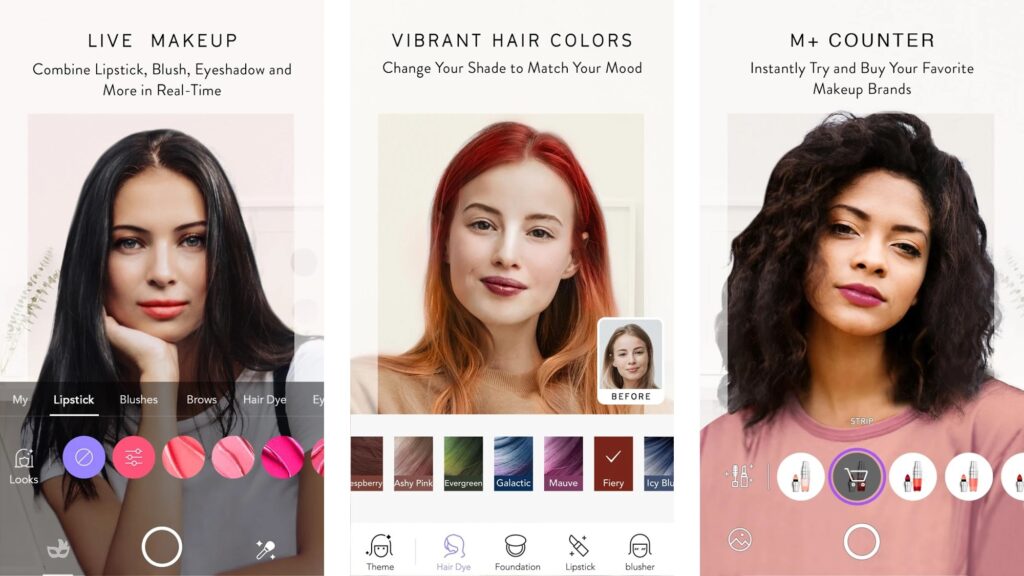
Source: Makeup Plus
User Engagement and Experience Goes Hand In Hand
Engaging consumers is a core part of user experience. Improving the intangible can lead to tangible gains, especially in a symbiotic relationship like the one between consumers and businesses. Small businesses should look at minute yet practical ways to assimilate these ideas. Ultimately, the goal is not to introduce yet another gimmick, but to enhance value for the end user. If you would like to know how we at InterX Labs can help you engage users, contact us at sales@interx-labs.com



